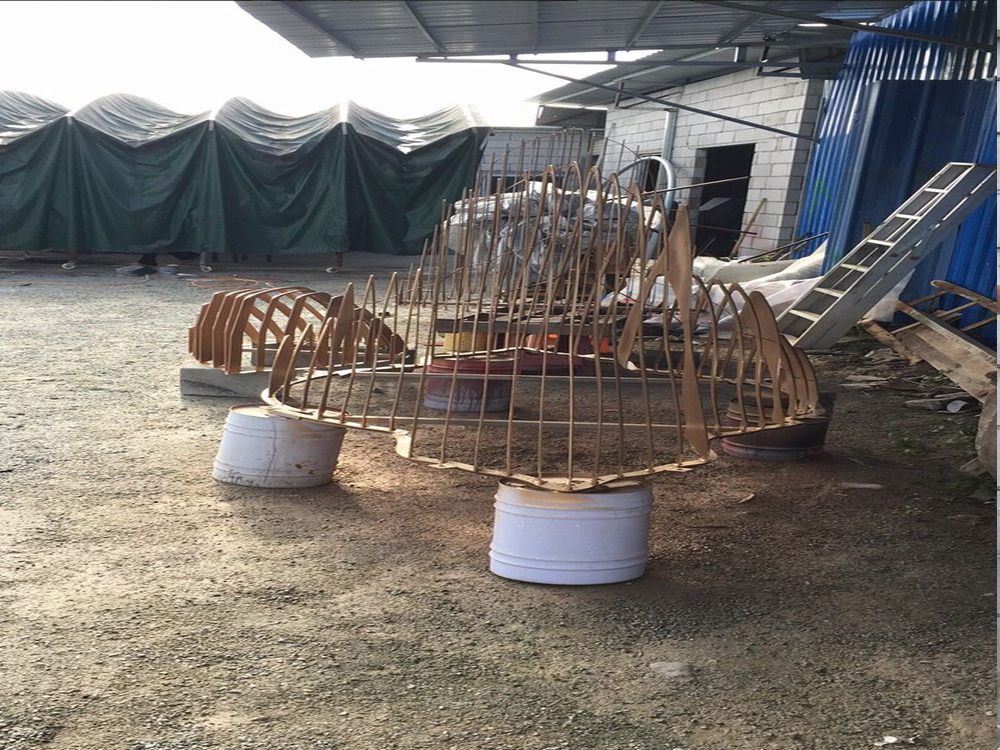
Bronze sculptures that appear to let light pass through their solid forms are a testament to the sculptor’s skill and ingenuity. Achieving this effect involves a combination of meticulous craftsmanship and strategic design.
One technique is the use of thin, carefully shaped bronze sheets. By hammering or casting the metal to an exceptionally thin gauge, sculptors can create sections that allow light to diffuse, giving the illusion of translucency. The play of light on these thin surfaces, combined with polished or textured finishes, enhances the effect.
Another method involves hollow construction. By leaving intentional voids or perforations within the sculpture, artists manipulate how light interacts with the bronze. When backlit or placed in natural light, these hollow areas create shadows and highlights that mimic the appearance of light passing through.
Patination also plays a crucial role. Applying translucent or semi-transparent patinas can alter how light reflects off the bronze, softening its metallic sheen and creating a luminous quality. Layering different patinas can further enhance this illusion.
Finally, strategic lighting placement is key. Sculptors often design their pieces with specific light sources in mind, ensuring the angles and intensity of light amplify the desired effect. Whether through studio lighting or outdoor installation, the interplay of light and bronze transforms solid metal into a seemingly ethereal form.
These techniques, combined with an artist’s vision, allow bronze sculptures to transcend their materiality, captivating viewers with the magical illusion of light flowing through solid metal.

